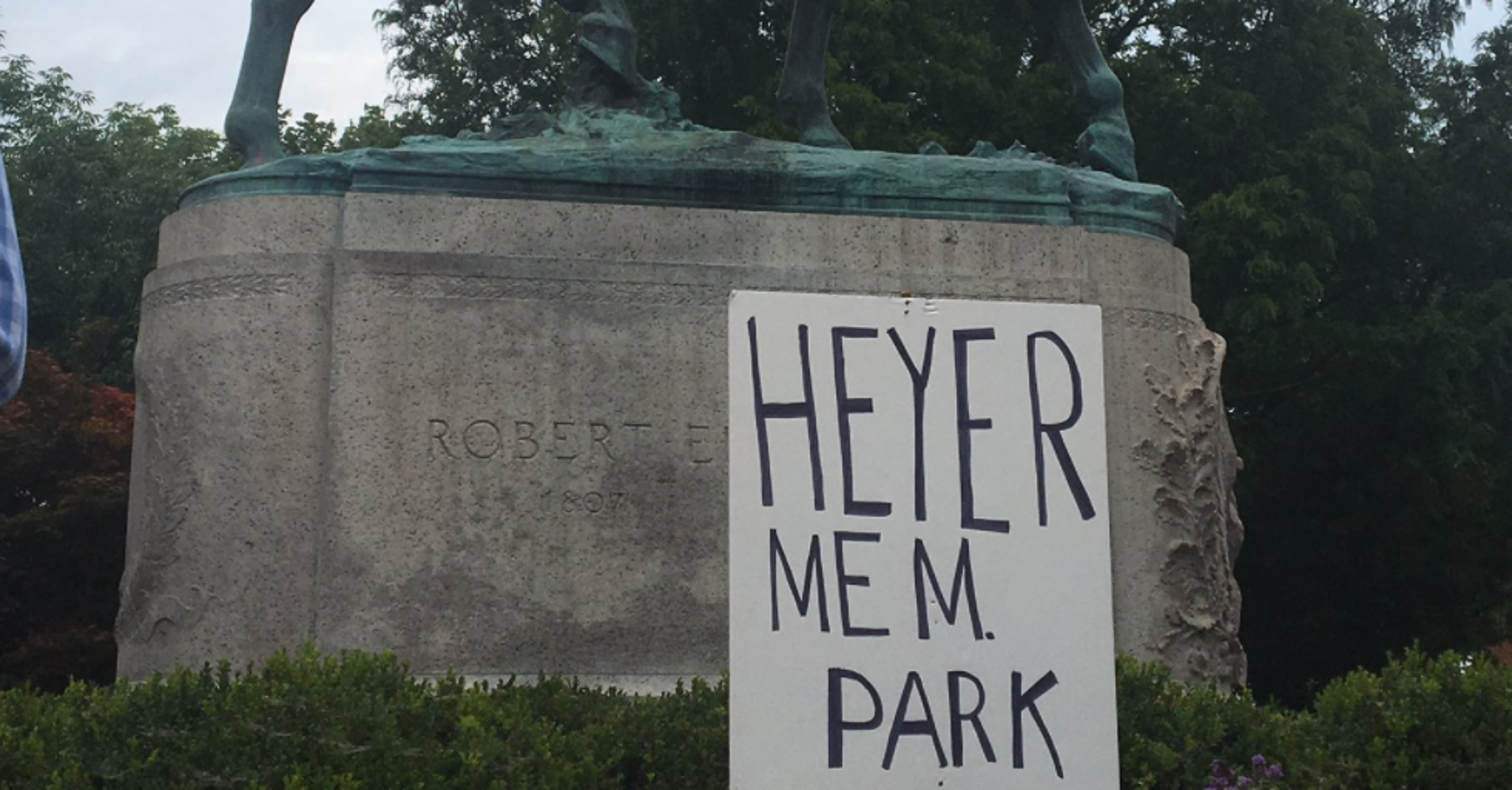
In the 1980s, Michael Ryan, a leading social theorist, was denied tenure at the University of Virginia. At the same time, up and coming postcolonial feminist theorist Gayatri Spivak was rejected for employment. In the late 80s, Ryan wrote a piece, for Semiotexte, entitled “Mr. Jefferson’s University”, in which he stressed Jefferson’s being a slaveowner. According to Ryan, the architecture of the University of Virginia had been designed for White Masters, purposefully to deny the body, and to enhance the Master/Slave structure of power. Ryan also noted that much of the town of Charlottesville was built on old slave quarters.
I attended the University of Virginia, later, when Emily Post’s “Manners are how we get along” acted like a purposeful restraint on the possibility of invested exchanges that might not follow specific rules. This social mandate ignored the question: are there only ‘manners’ and violence? Can something else exist? I was told I was un-mannered for saying complicated things, for asking people to listen too hard or read too carefully. My cis-het-man-colleagues were less harshly criticized. These “manners” echo in current discussions of “what happened in Charlottesville”. This echo invokes the socially formalized and reversed restraining order against the traumatized one who says too much. Sometimes the language of trauma, privation and of the imperialized has to be improvised and innovative.
Richard Rorty, the preeminent American philosopher who worked for decades at UVA and with whom I studied, was one of Pragmatism’s greatest advocates. Rorty believed that the world does not need theory, complex notions or any engagement with the analytics of social differences, but only needs the mechanical and usable protocols of science and commerce. His work legitimated a tidal wave of American anti-intellectualism. For decades Rorty held his position in pleasant well-mannered arguments with those of us who saw where his dream was going, and, in the end, he got his wish that theory be seen as useless and be done away with.
When I attended the University of Virginia, the English Department was hostile to most forms of theoretical work, especially those that responsibly carry considerations of the social world.
The famous 90s Hoax by Alan Sokal clarified a multi-decade attack on ‘Theory’ and theoretical methods that analyze historical events and scientific ideas, make predictions, open dialogues, and most importantly enable different approaches. It was a spectacular moment of a well-regarded entity being taken in by ‘fake news.’ It’s time to revisit that discussion. There are millions of ways to misread. If the editors of Social Text were acknowledging their own lack of scientific knowledge and deferring to the title of a decorated scientist, the critique could have been aimed at the acceptance of authority as institutional position rather than the language of theory. The outcome of a critique aimed at positional authority would have been vastly different. It might have opened a dialogue about the toxicity of deference, rather than promoting a widespread attack on diverse schools of thinking suddenly all yoked together as “jargon.”
There has been only one sanctioned way to understand the Sokal affair: that decades of social theory – including identity politics, postmodernism/poststructuralism, materialist feminism, historical materialism, subaltern histories, French sociology, linguistics, hermeneutics, phenomenology, a multitude of anti-imperialist considerations, and many other schools and ideas and combinations thereof – all became de facto fraudulent pseudo-scientific posturing that deserved to be ridiculed. Any iterations of reality outside of the always obviating norm were collapsed into identity politics – as if there were only one way to think social reality against empire. While theoretical work and its difficulty were embattled long before the Sokal Hoax, Sokal managed to produce a sudden, sweeping, universal revaluation of these now fully othered methods. That this revaluation happened could have spawned an enormous study on an instance of the sudden reconfiguration of truth. That so many possible dialogues were so successfully silenced should have provoked more suspicion. Instead mechanical reality has since become the norm. The utility and pragmatism of life have reigned with little opposition: only the technical masters of science are permitted to construct unchallengeable narratives about the world and its progress.
This silencing uber-coherence under the aegis of rational simplicity is White supremacy in its very form and being. Silencing is not what the Antifa are ‘doing to’ Unite The Right. Silencing is being denied engagement with the many variant and possible apparatuses for thinking.
The Sokal Hoax legitimated a major backlash against theoretical work, and seemed to forge part of the ether of shrinking departments and dismissals. Why were questions about being forced to speak Standard English not circulated more? What are the implications of the notion of a ‘transparent’ or ‘plain’ language? Why was this perfect plain simple language with its Emily Post manners of dotted “i”s considered the language of the non-elite? How White is it? Why are some technical languages permitted while others not? Who gets shot down for using big words or complicated sentences? What is wrong with learning, asking questions, reading slowly, looking up words? Why is it discrediting to give an author the benefit of the doubt while reading their work?
All of this has been part of White supremacy’s quiet maintenance program. It was theorists who saw and noted it decades ago, many of whom, including Michael Ryan at UVA in the 1980s, lost their jobs.
The advent of White supremacy in Charlottesville is no surprise, even if it’s not particular to now and not particular to Charlottesville. The University of Virginia has always been a location where White privilege not only perpetuates but strengthens, and where those stamped with degrees help each other into the highest offices. The myth that Universities safeguard histories or that White philosophy engages real questions of ethics was exposed decades ago in the work of thinkers like Spivak and Ryan. Now the substance of their work, their exposes, “call-outs,” concerns and criticisms, are being spectacularly played out.

(Photo Credit: Huffington Post) (Image Credit: The Nib / Nomi Kane)